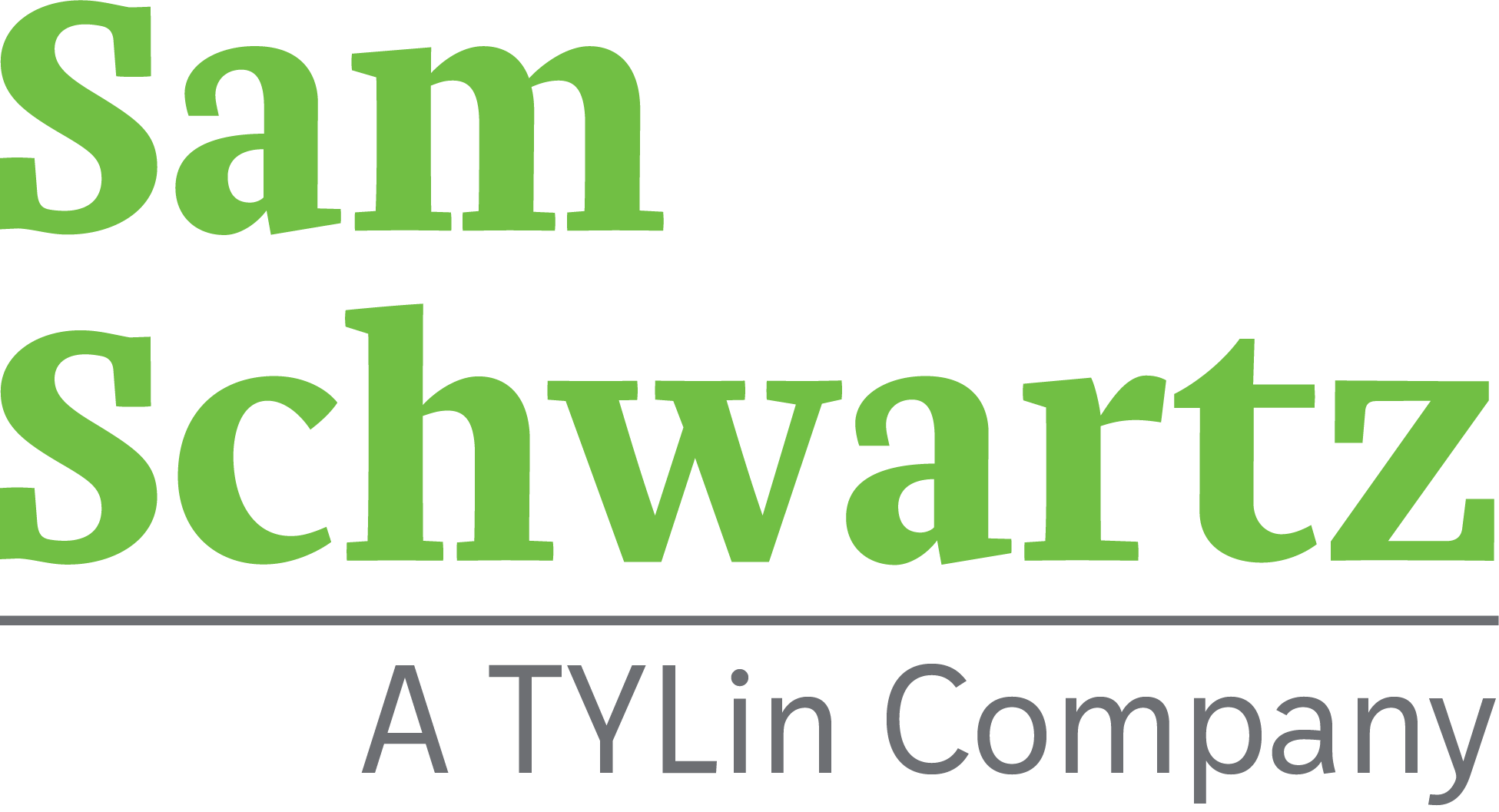Street Typologies in Action: Lessons from Des Moines
By Alex Hanson, Senior Associate
In November 2018, the City of Des Moines unanimously adopted MoveDSM - the city’s first transportation master plan. Sam Schwartz partnered with the City to develop the document. It re-envisioned how staff plans for, designs, and manages its streets to ensure they are comfortable and safe for everyone. The planning process for MoveDSM centered on engaging with and learning from residents, businesses, community groups, staff, and elected officials to understand how transportation could work better for everyone.
One of the primary challenges these conversations unearthed was that the system Des Moines used to classify and manage its streets, the functional classification system, only considered drivers, ignoring the land uses and activities happening along a street. The singular focus on cars led to a multitude of negative impacts for people across the city. Disconnected networks for walking, biking, and transit made getting around inconvenient for a lot of people. Many streets were wider than necessary—encouraging speeding and creating safety issues. Taxpayer dollars were wasted maintaining lanes that weren’t needed in the first place. This same approach is used by most cities and states across the US.
Street typology systems offer an alternative to the traditional functional classification system. While the functional classification system defines a street’s role in moving cars within a larger highway network, street typology systems are more holistic. MoveDSM established street typologies for the city that considers a street’s role in the network for all modes, how people use the street, and the land uses and activity centers to which the street connects.
Across Des Moines, eight street typologies were identified that encapsulate the variety of street functions needed to create a complete transportation network. Each typology is accompanied by design and policy guidelines to help the City decide which street elements (e.g., medians, on-street parking, or bike lanes) should be included on which streets, the size and configuration of those elements, and other important factors such as speed limits and curb radii.
MoveDSM also established clear processes for project development, design, and implementation which were codified in an update to the City’s Complete Streets policy.
“When a roadway is slated for reconstruction or major rehabilitation, the typologies and corresponding process established in MoveDSM provide a data-driven method of evaluating the existing cross-section and determining a new one that corresponds to the needs of those traveling the corridor and is supportive of the proposed adjacent future land use,” says Jeff Wiggins, Transportation Planner for the City of Des Moines. “It introduces increased predictability into the planning process and helps ensure we are designing the streets the public and elected officials want. This ensures that the City is working as a team, across disciplines and engaging the right people in the processes at the right times.”
Raised, sidewalk-level bike lanes installed on Ingersoll Avenue
More than three years after the adoption of MoveDSM, the benefits of the street typology system are compelling. Even with the disruptions of the COVID-19 pandemic, Des Moines has implemented seven road rightsizing projects (with more in planning), built and replaced more than 40 miles of sidewalks, and installed more than 15 miles of new bikeways.
The street typology system and corresponding design guidelines have significantly streamlined the concept design process while also ensuring that safety and multimodal needs are embedded in every design. With a faster conceptual design process, staff are able to more easily integrate improvements into resurfacing, rehabilitation, and existing construction projects, saving time and money. Quicker preliminary designs and a standardized process free up more time to find funding to incorporate additional elements into projects and for additional community and stakeholder engagement. “With a more organic process in place previously, important voices were inadvertently excluded from the process,” added Wiggins.


The challenges identified in MoveDSM are by no means unique to Des Moines; unfortunately, they are very much the norm in cities across the U.S. While many cities’ transportation goals and ambitions are shifting to provide more low-carbon, healthy, affordable, and equitable transportation choices, many legacy systems and processes that prioritize car-oriented decision making persist. Street typologies are an effective solution that can help embed new priorities into the planning, design, and management of our streets and enable cities to deliver change rapidly and cost-effectively.




